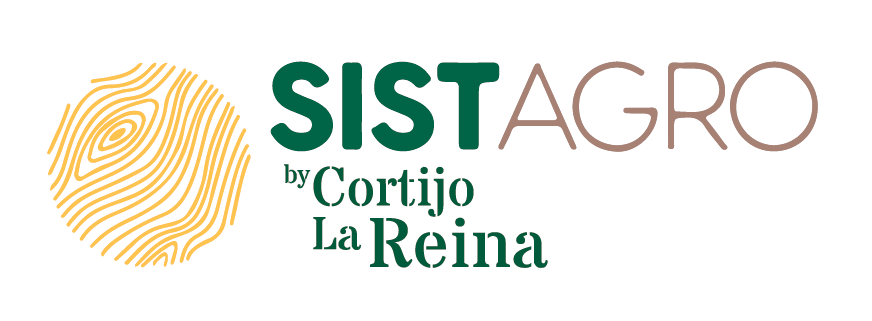An extraordinarily deficit irrigation season in the olive groves of Córdoba with profound effects on fruit size, oil content, and texture
The effects of this extraordinarily deficit irrigation campaign in the olive groves of the Campiña de Córdoba are noticeable and will have a significant impact on the quality and production of the olives:
Size: One of the most evident aspects is the reduction in the size of the olives. This reduction is a direct result of the lack of water during the critical period of cellular expansion of the fruits. During this key developmental stage, olives require an adequate amount of water to achieve their optimal size. Insufficient irrigation during July and August is leading to smaller olive size, which will affect their yield.
Texture: Water scarcity also affects the texture of olives. The loss of turgidity due to dehydration results in a more wrinkled texture in mature olives. This wrinkled texture can affect the visual appearance of the olives and ultimately influence quality perception. This is of major importance for table olives.
Color: The "envero" is starting to be visible in some fields around Córdoba. The "envero" is the process of color change in olives as they ripen, occurring earlier this year due to water scarcity. This advancement in envero has direct implications on lipogenesis, the process of fat accumulation in olives. Lipogenesis is an essential physiological process in determining oil content in olives. With the early envero, lipogenesis also occurs sooner and faster due to quick thermal accumulation. This may result in less oil accumulation and earlier harvest dates.
Oil Content: The acceleration of lipogenesis due to early envero directly affects the accumulation of fat in olives. With less time for the lipogenesis process, the amount of fat accumulated in olives will be lower compared to years with proper irrigation. This decrease in fat accumulation will impact the quality and flavor of the resulting olive oil.
In summary, an extraordinarily deficit irrigation campaign in the olive groves of the Campiña de Córdoba, such as the one experienced this summer, has profound effects on the size, appearance, fat accumulation, and texture of olives. While these conditions may expedite the harvest and pose challenges, it is also relevant to highlight that, on a positive note, the fruits exhibit a favorable sanitary condition, and promising market prices are anticipated.
